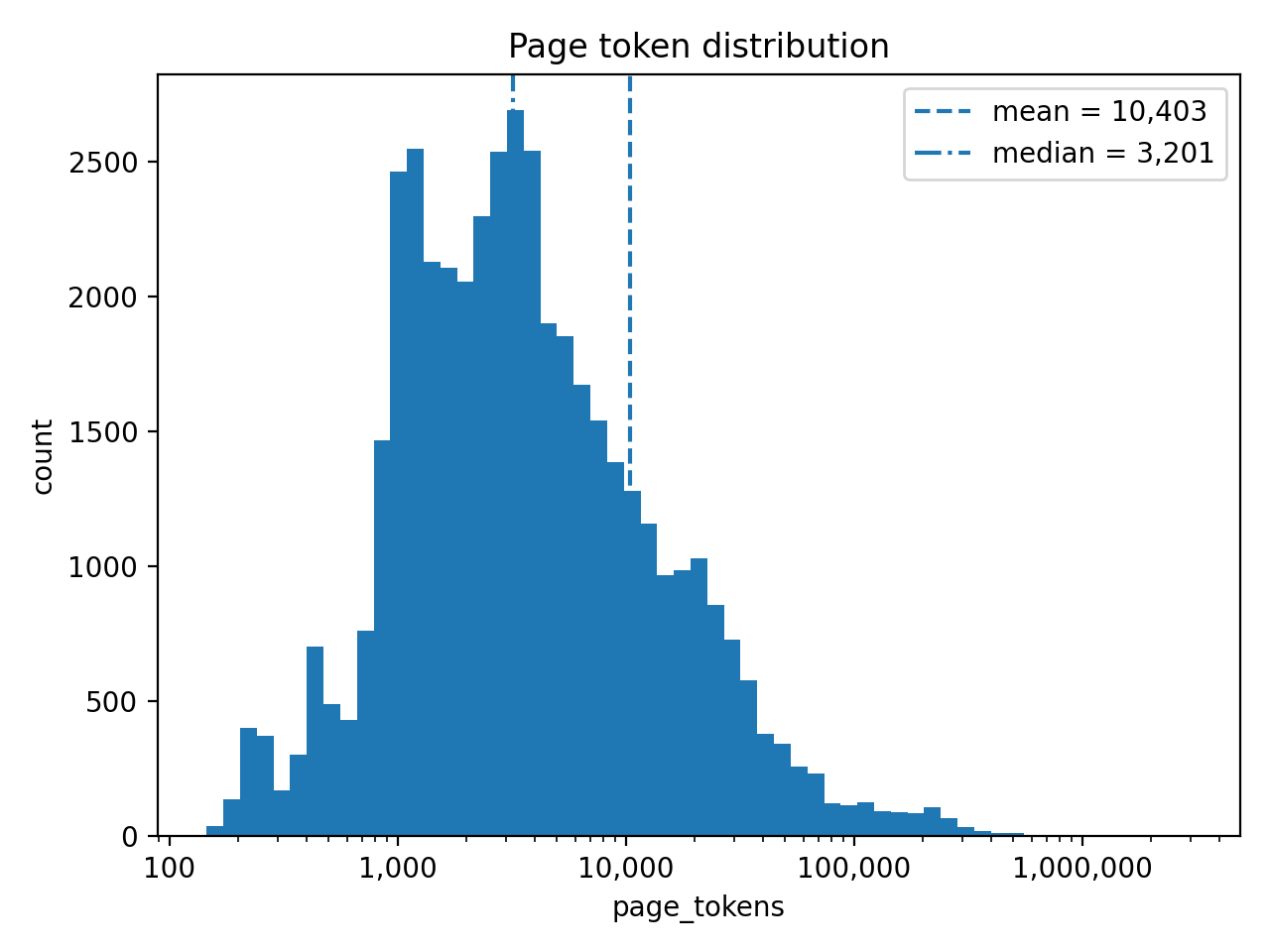-

Grounding Snippet Extraction Tool
You can rank #1 and still be invisible to AI search. That’s the uncomfortable truth of the AI Mode era. Google’s AI doesn’t just look at your page, it extracts specific sentences, evaluates them against the query, and decides whether your content deserves to ground its answer. The rest of your carefully crafted copy? Find…
-

How Long Are Web Pages?
A Token Count Analysis of 45,000 Real-World URLs We recently analyzed 44,684 web pages and measured their content length using Gemini’s token counter. The results reveal fascinating insights about the true scale of web content—and why it matters for AI applications. Metric Value Total Pages Analyzed 44,684 Page Content Tokens 464,854,727 Total Tokens (all) 541,062,817 The median…
-
Google AI Search Update: Completely New Grounding Format
Gemini’s grounding context has a completely new format which I don’t fully understand yet. It seems custom to different prompt types and breaks outside the old index 1, index 2…etc model. Sharing the discovery for now hoping to hear more from the community and add to it later. Prompt: Dan Petrovic latest articles BEFORE NOW…
-
AI Mode, Content & Search Index
Our tests show that Google’s AI Mode doesn’t retrieve page content from the live web during the query fan out process. Instead, it gets it from somewhere else, and that “somewhere else” appears to be a proprietary content store separate from the search index. How do we know this? We just found a case where…
-

How user prompts shape your content visibility in AI search.
A single article. Seven different queries. Radically different passages surfaced. This isn’t a bug. It’s the ranker doing exactly what it’s supposed to do—and it reveals something important about how content actually gets discovered in AI search. The Data We ran seven query variations against one health article about teas for ulcerative colitis. The article…
-

Report: How People Use AI at Work
Executive Summary: The 30-Second Takeaway In the tech world, we often talk about Artificial Intelligence in the future tense. We speculate on who it will replace and how it will reshape the economy. The reality is that the future has already arrived. It is quiet, uneven, and happening in offices, classrooms, workshops, and hospitals right…
-

How do people use AI assistants?
Carried by the inertia of “search query” mentality, AI SEO professionals often oversimplify how people interact with their AI assistants in chat sessions. Our analysis of ~1M real user chat sessions reveals a more complex picture. Key Findings The dataset contains 4.4 billion characters across 613 million words and 3.9 million conversation turns. The average…
-

Ricursive: The Most Interesting AI Company You Haven’t Heard Of
There’s a concept in AI that sounds like science fiction but is now being pursued seriously: recursive self-improvement. The idea is simple. Build an AI system that improves the hardware it runs on. Train a better AI on that improved hardware. Use that AI to design even better hardware. Repeat. This isn’t theoretical anymore. Two…
-

Better Vector Clustering With Head Noun Extraction
Let’s do a mental exercise. Glance over the following list and group them in your mind: Most people arrive at the following clustering schema: Socks Laptops Bulldozers blue thermal socks cheap gaming laptops cheap diesel bulldozer cheap ankle socks blue lightweight laptops blue rental bulldozer used cushioned socks used touchscreen laptops blue compact bulldozer cheap…
-

Advanced Prompting Techniques for AI SEO
Most marketers treat AI like a magic box: prompt goes in, content comes out. But AI models are more like highly skilled interns—they need clear instructions, context, and examples to do their best work. The quality of your AI output is directly determined by the quality of your prompts. Master prompt engineering, and you can:…
